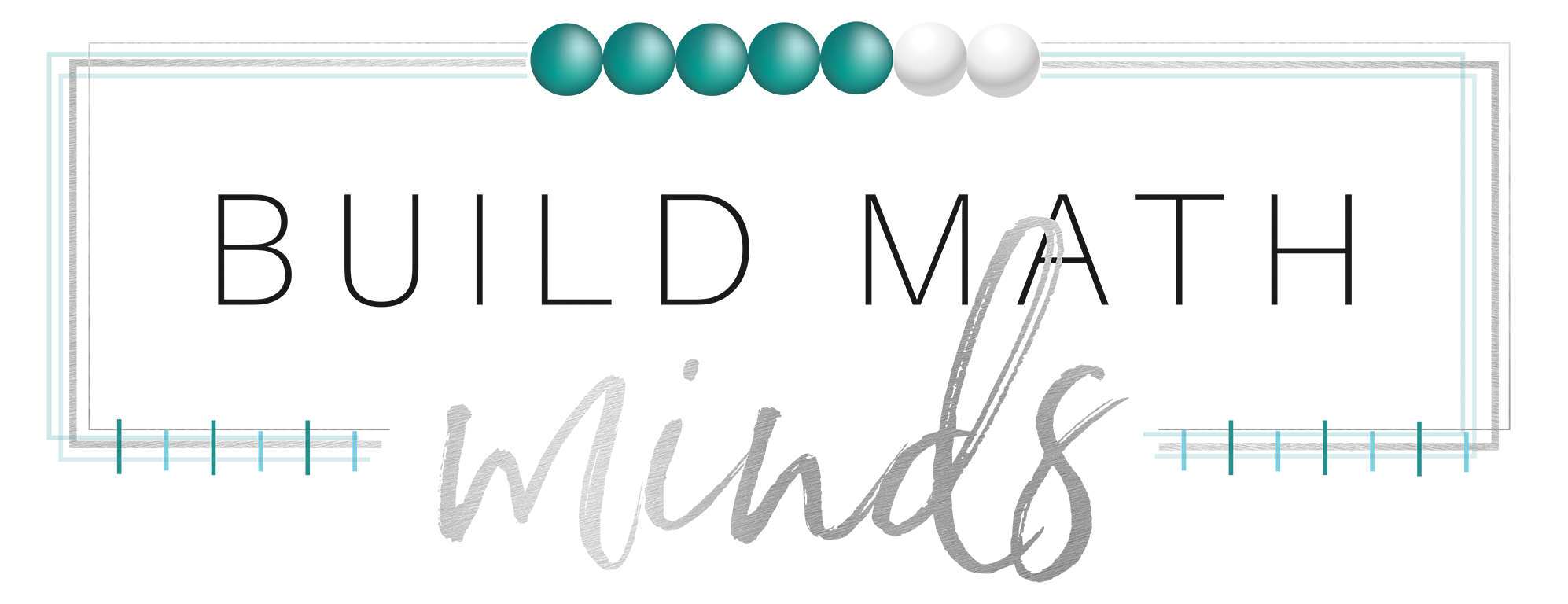Math manipulatives are a very important part of every math classroom, however they can be a pain to manage and organize. So in this month’s edition of Pins I Love, I am focusing on ways to organize and store your math manipulatives. Before I get into the Pins I found for you, I want to give you some advice when it comes to manipulatives. We want children to eventually get to a point when they are not reliant upon using manipulatives to solve problems. But they do not start there. We CANNOT expect children to instantly know 7 + 8, therefore we let them explore what that means with manipulatives. Manipulatives are not just for young kids, though. No matter what grade level, when children learn something new they need to start with manipulatives (aka, concrete level). But making the leap from concrete manipulatives to abstract symbols on paper is a large leap. The inbetween stage is having kids model what they did with the manipulatives (aka, Representation level). Check out my example below:
My last bit of advice: Do ALL 3 AT THE SAME TIME and always make them available! Most textbooks might have you do a lesson using ten frames one day, then the algorithm the next day…this doesn’t help kids see the connection between the two (plus that is just way to big of a leap). So anytime you introduce something new, do all three levels in the same lesson. Then gradually kids will drop off the levels they no longer need. So, make sure kids always have access to the manipulatives (whether you think they need them or not) so that they make the choice about when it is appropriate to use them. Several teachers I work with keep the bin of manipulatives in the middle of the kids’ tables so that kids have access to them whenever they need.



 Welcome! I’m a Recovering Traditionalist elementary teacher and now, I help teachers and children learn to love math. Explore how I can help provide you PD at your fingertips! BuildMathMinds.com
Welcome! I’m a Recovering Traditionalist elementary teacher and now, I help teachers and children learn to love math. Explore how I can help provide you PD at your fingertips! BuildMathMinds.com